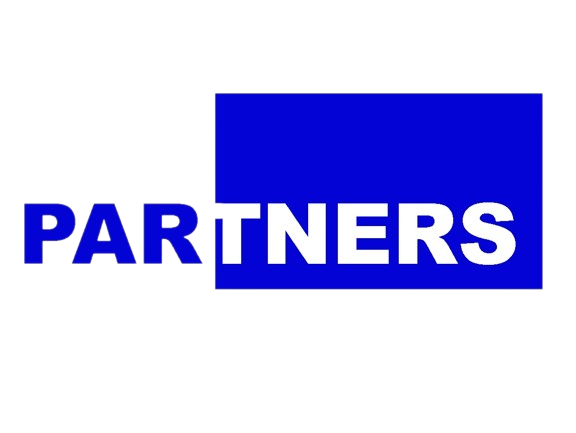Revolutionizing the Blueprint: A Commitment to Sustainable Building
Serving Virginia, Washington D.C. & Maryland with Excellence
Design: Timeless Architectural Excellence
In the world of construction, the longevity of a structure is deeply intertwined with its design. Our team of accomplished architects and designers infuse every project with design principles aimed at long-lasting functionality. Prioritizing factors like natural light optimization, versatile spatial layouts, and user-centric designs, we craft buildings that remain relevant and functional, decade after decade, ensuring they continue to serve the needs of their occupants seamlessly.
Durability: Built to Last: Commitment to Resilience
Durability is more than just a principle; it's a promise. We are steadfast in our belief that buildings should be emblematic of enduring strength and resilience. To this end, we handpick the finest materials and employ cutting-edge construction techniques, ensuring that every edifice we erect withstands the ravages of time. This steadfastness translates to structures that rarely demand extensive maintenance, giving owners peace of mind and unparalleled value for generations.
Energy Efficiency: Long-Term Operational Efficiency
Our stance on energy efficiency transcends mere environmental concerns, focusing predominantly on long-term operational cost-effectiveness. We weave advanced insulation methods, innovative design strategies, and state-of-the-art energy systems into the fabric of our buildings. This ensures that they not only meet but exceed contemporary standards, guaranteeing lower utility costs and efficient operations for many decades to come.
Indoor Air Quality: Breathing Easy: A Sanctuary of Comfort
For a building to truly stand the test of time, it must provide an environment that consistently prioritizes the health and comfort of its occupants. Our commitment to exceptional indoor air quality ensures this. By integrating advanced ventilation systems, using materials that promote clean air, and designing interiors that enhance overall well-being, we ensure our structures remain refreshing sanctuaries for years on end, reducing the need for frequent renovations.
Building Materials: Strength in Selection: Materials for Tomorrow
The longevity of a structure is profoundly influenced by the materials from which it's constructed. With this in mind, we meticulously select building materials renowned for their durability and time-tested strength. This approach ensures our buildings are not only robust but also aesthetically ageless, minimizing the need for updates and guaranteeing they remain at the forefront of modern design and functionality for the longest time.
What is Partners Contracting Inc. renowned for excelling in?
With more than 10 years of SCIF construction experience, we’re able to guide you through the entire process: pre-planning, construction, and accreditation. We’ll walk you through the list of requirements you’ll need to meet, provide preliminary cost proposals, outline the size and configuration of your job, and work within your budget.
You’ll find our proposals detailed and accurate, workmanship of the highest caliber, and assistance with accreditation tremendously helpful. From TS-closed areas to secured and shielded facilities, we’ll make sure your project meets full TS/SCI specifications. On time, on budget, every time.
Contact Us Today
At Partners Contracting, Inc., we want to help you get started on your next project. Our friendly and knowledgeable team has the experience and expertise to provide exceptional construction services.
Get connected to see if Partners Contracting, Inc. is the right fit for you!
Contact Us
Frequently Asked Questions
Here are answers to some common questions.




